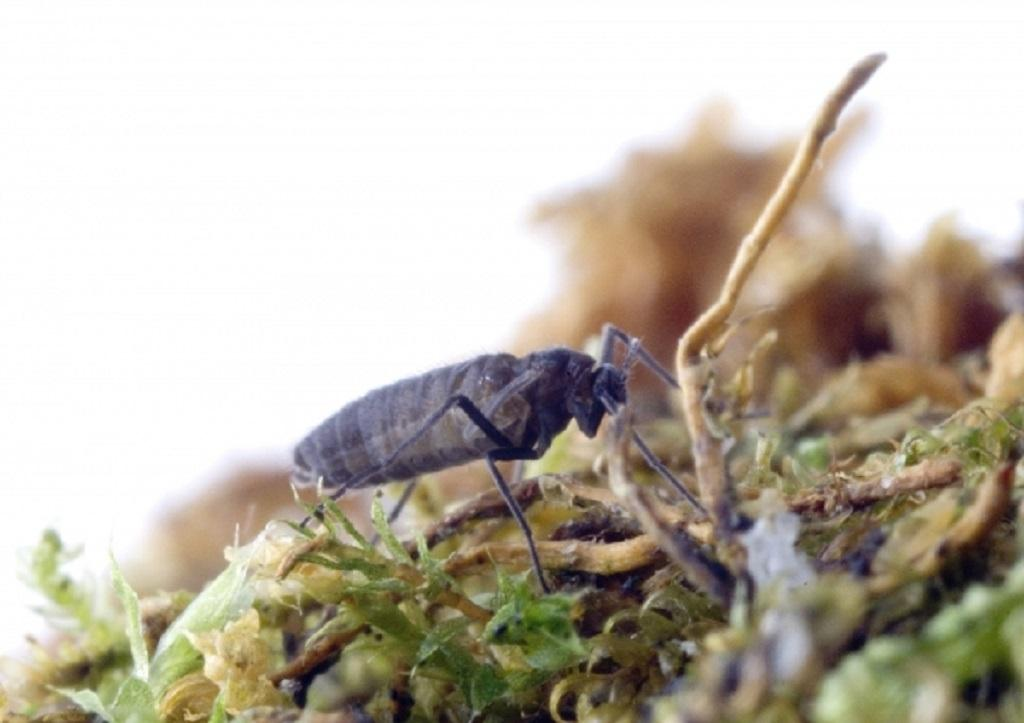Important Facts For Prelims
Eretmoptera Murphyi
- 15 May 2023
- 2 min read
Why in News?
According to a study by the British Antarctic Survey (BAS), a tiny flightless Midge (small insect) called Eretmoptera murphyi is changing the soil composition of Antarctica's Signy Island.
- It is an invasive species on Antarctic Signy Island.
What is Eretmoptera Murphyi?
- About:
- It is a native of South Georgia, a sub-Antarctic Island, and was accidentally introduced to Signy in the 1960s during a botany experiment. Its proliferation became apparent in the 1980s.
- Eretmoptera murphyi feasts on dead organic matter and has led to faster plant decomposition, thus increasing the soil nitrate levels by three-five times compared to places on the island where the midge (small insects which bite) is absent and only native invertebrate species live.
- High levels of nitrate can be toxic for other plant species, and it can also contaminate groundwater. High levels of nitrate in water can lead to excessive algae growth, which can deplete oxygen levels and harm aquatic life.
- Cause for the Spread:
- Experts believe that the spread of this midge, murphyi in Antarctica may have been caused by humans who carried insects on their shoes.
- Concerns:
- The midge can also survive in water, which raises concerns that it could spread to other islands.
- It has become a big problem as the tiny insect has spread to a much larger area with multiplying populations.
- Antarctica has a unique ecosystem that is vulnerable to invasive species, and the midge invasion highlights that even harsh conditions can no longer protect it.
- The activity of the midges, along with climate change, may also create conditions for other invasive species to become established and accelerate the effects of climate change.







